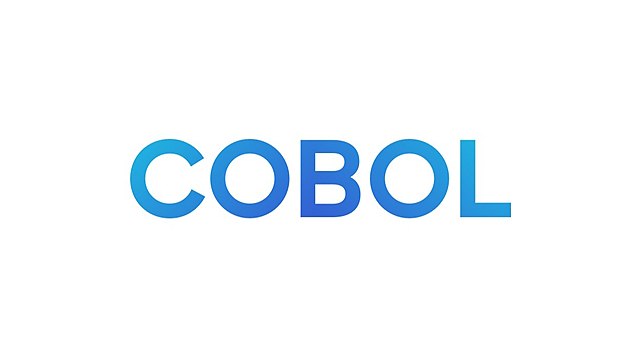Introduction Link to heading
COBOL, short for Common Business-Oriented Language, is a high-level programming language that was first developed in 1959. Despite being over 60 years old, COBOL remains a critical component in many financial institutions, government agencies, and large enterprises. In this article, we will explore the history, features, and continuing relevance of COBOL in today’s software landscape.
A Brief History of COBOL Link to heading
COBOL was created as part of a United States Department of Defense initiative to develop a portable programming language for data processing. The language was designed to be easy to read and write, with a syntax that closely resembles English. The first specification of COBOL was released in 1960, and it quickly gained popularity in the business and government sectors.
Over the years, COBOL has undergone several revisions to keep up with the changing needs of the industry. The most significant updates include COBOL-68, COBOL-74, COBOL-85, and the ISO standard COBOL 2002.
Key Features of COBOL Link to heading
English-like Syntax Link to heading
One of the most distinctive features of COBOL is its English-like syntax. This makes the language relatively easy to read and understand, even for those who are not professional programmers. Here is an example of a simple COBOL program:
IDENTIFICATION DIVISION.
PROGRAM-ID. HELLO-WORLD.
PROCEDURE DIVISION.
DISPLAY 'Hello, World!'.
STOP RUN.
Strong Data Processing Capabilities Link to heading
COBOL was designed with business data processing in mind. It includes robust support for handling large volumes of data, file management, and record processing. The language’s data division allows for the detailed definition of data structures, making it ideal for managing complex datasets.
Portability Link to heading
One of the original goals of COBOL was to be portable across different machines and operating systems. This goal was largely achieved, and COBOL programs can be found running on mainframes, minicomputers, and even modern servers.
Built-in Debugging and Testing Tools Link to heading
COBOL includes several features that aid in debugging and testing. For example, the DISPLAY statement can be used to output variable values, and the ACCEPT statement allows for user input. These features make it easier to diagnose and fix issues in COBOL programs.
The Relevance of COBOL Today Link to heading
Despite its age, COBOL remains in widespread use. According to a 2017 report by Reuters, over 220 billion lines of COBOL code are still in use, and more than 90% of Fortune 500 companies use COBOL in some capacity1. Here are a few reasons why COBOL continues to be relevant:
Legacy Systems Link to heading
Many critical systems, especially in the banking and financial sectors, were originally built using COBOL. These systems have been maintained and updated over the years, and replacing them would be a massive and costly undertaking. As a result, COBOL remains a key technology for these legacy systems.
Reliability and Performance Link to heading
COBOL is known for its reliability and performance. The language’s design makes it well-suited for processing large volumes of data quickly and accurately. This makes COBOL an excellent choice for applications where reliability and performance are paramount.
Skilled Workforce Link to heading
There is still a significant number of programmers who are skilled in COBOL. While new programmers may not be learning COBOL as their first language, many experienced developers have extensive knowledge of COBOL and are capable of maintaining and updating existing systems.
Learning COBOL Link to heading
If you’re interested in learning COBOL, there are several resources available. Many online tutorials and courses cover the basics of COBOL programming. Additionally, there are several books and reference guides that provide more in-depth coverage of the language.
Online Resources Link to heading
Books Link to heading
- Murach’s Mainframe COBOL by Mike Murach & Associates
- COBOL for the 21st Century by Nancy Stern, Robert A. Stern, and James P. Ley
Conclusion Link to heading
COBOL may be considered an archaic programming language, but its impact and relevance cannot be overstated. From its early days as a groundbreaking business language to its continued use in critical legacy systems, COBOL has proven to be a resilient and powerful tool. Whether you’re a seasoned programmer or a newcomer to the world of coding, understanding COBOL can provide valuable insights into the history and evolution of software development.
